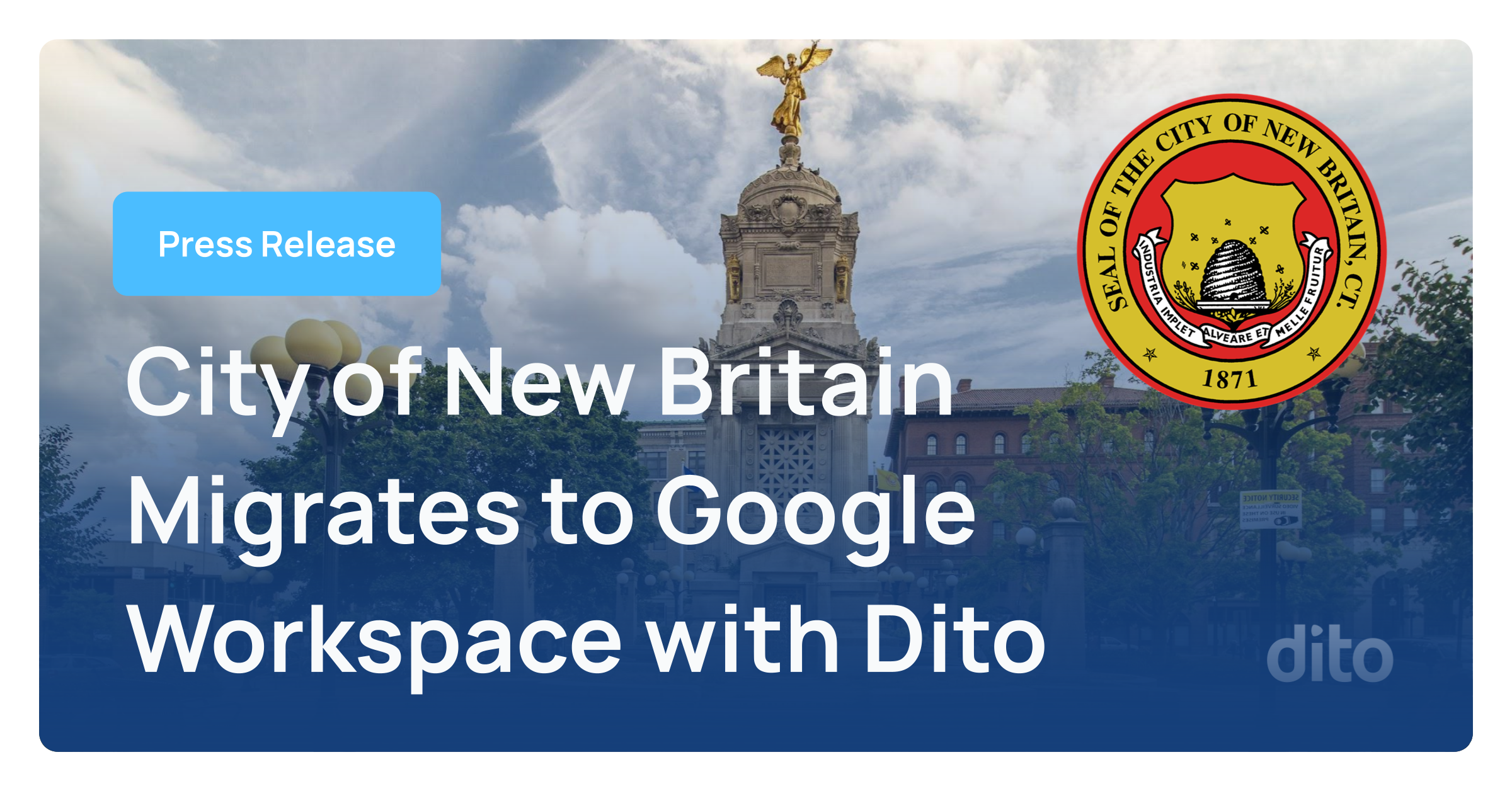The mission of the Google Maps Platform has been to help people navigate and explore the world wherever they are. Since launching in 2005 as a web mapping product, Google Maps has evolved over the years to encompass a diverse suite of 18 APIs powering over 4 million sites & apps.
Location data provides the backbone and the needed context for individuals and businesses navigating the world around them, which in turn helps to create new value for enterprises.
Location data enables enterprises to visualize information, understand context, analyze the results, and develop detailed insights. There are three core benefits that location data provides to enterprises:
- Helps enterprises build better customer experiences
- Helps optimize a company’s operations
- Enables strategic decision making by connecting insights that customers couldn’t see before.
While there are many options to choose from when it comes to integrating a mapping service into your business or app, there are a few areas, industries, and use cases where Google Maps Platform truly excels above its competitors. These include:
- Routing & Logistics
- Retail & E-Commerce
- Financial Services
- Location + Cloud Services (Using Google Cloud Platform or GCP)
- Quality of Data
With the increased number of mapping and location platforms available, it’s important to realize what your business needs in order to maximize efficiency and cost. Let’s take a deeper look into these areas where Google Maps excels to understand how it can benefit you in a variety of situations. We will be posting a series of blogs going more in-depth into each of these areas in the coming future as well.
Download a full PDF of our article by clicking the link here.
Area #1 – Routing & Logistics
Google has been heavily invested in providing the ultimate Maps experience when it comes to utilizing the platform for a large variety of routing & logistics-based services, including Android Auto, Waze, and Waymo. These applications help incorporate Maps data to better provide a complete user experience when navigating the service.
For example, Google offers detailed, precise, and highly accurate maps that help Waymo self-driving vehicles navigate efficiently, swiftly, and safely. In addition, the billions of Android devices, Waymo automated cars, and vehicles using the Android Auto application are constantly gathering and updating maps, traffic signals & patterns, and various road conditions. This vast amount of information is continuously used to improve the overall accuracy of Google Maps.
In addition to the user-level applications that incorporate Google Maps, there are a variety of other use cases that integrate the Maps platform on a broader business-level to maximize efficiency and minimize the overhead cost.
One of the data-driven features that greatly benefit routing & logistics-based companies is using Google Maps to help reduce the time it takes to make deliveries, as well as reducing overall costs of deliveries by reducing gas usage and time in traffic by taking advantage of Map’s unique real-time & historic traffic data. Looking to plan out numerous delivery route days or weeks ahead? Google has compiled accurate information to help with planning around traffic patterns throughout the day.
Area #2 – Retail & E-Commerce
With multi-channel shopping (both online & in-person) now the standard for a large majority of consumers, Google Maps can help make shopping both easier, and faster, for your customers through a variety of features.
GMP offers a large suite of unique solutions to help your retail and e-commerce businesses grow, such as:
- Helping customers easily find your store that is closest to them, through the unique store locator feature.
- Driving traffic to stores by providing up-to-date reviews, photos and hours.
- Assisting customers efficiently navigate to the store through both outdoor routes and indoor walking maps.
In recent years, mobile shopping has overtaken desktop shopping, with mobile devices driving 70% of all e-commerce traffic in 2018. GMP helps make it easier and faster for your customers to buy items from you online and on their mobile phones, which in turn helps to ensure a fast, smooth online checkout experience.
Through the use of Maps, retail and e-commerce businesses can become more efficient, reducing the amount of data errors, and increasing the overall conversion rate when properly implemented, which in turn reduces the overhead costs of running a successful business.
Area #3 – Financial Services
With the massive adoption of technology advances in today’s society, it is vital that financial institutions are on the forefront of providing a better customer experience through the use of digital solutions. Many customers are looking for a simple, intuitive customer experience, and a third of users are willing to switch banks within a 90 day period if it means a better user experience.
Through the use of GMP, financial service institutions can offer an improved, uniquely satisfying customer experience by making it easier for their customers to find and get to local ATMs and branches.
With the Maps platform, customers are provided access to accurate and detailed Places data and Street View data, which gives users complete confidence that their card transactions are correct (by seeing the name and actual image of the storefront), and eliminates the need for them to call customer service to verify if a transaction is correct or fraudulent – which can potentially result in millions of dollars of savings.
Location can significantly reduce business overhead costs through a few key solutions:
- Reducing the amount of expensive calls to customer service centers.
- Visualizing for customers where their transaction took place, which enables them to see the name of the business and even a real image of the storefront.
- Enhancing initial fraud detection, therefore reducing credit and debit card fraud – through verifying that a customer is who they say they are, before a transaction is even completed.
Financial service institutions can incorporate Google Maps into their everyday workflows and technologies, which in turn can result in millions of dollars in cost savings. GMP gives businesses the ability to gain insights on their customers’ spending habits, such as where they’ve made transactions, how much they’ve spent at a particular business to date, and how this behavior compares to other customers.
The unique, highly-detailed combination of these datasets can enable businesses to identify spending and usage trends and plan marketing campaigns.
It can also provide extremely valuable insights to senior management about where to place ATMs and branch locations, how to improve fraud detection models, and inform strategic partnerships and business opportunities.
Area #4 – Google Maps + Google Cloud Platform (GCP)
One of the great features of utilizing Google Maps is the option to integrate Google Cloud Platform into its usage as well. By combining location and cloud services, businesses can take full advantage of the unique advantages that both platforms offer. GCP provides an extensive range of products for high-performance infrastructure, scalable storage options, and the incorporation of machine learning and artificial intelligence models to help improve overall efficiency and workflow.
By incorporating GCP’s serverless computing, users can write and deploy code without the troubles of managing the underlying infrastructure. This greatly enhances developer productivity which helps businesses focus on what truly matters the most – building a great application and user experience for their customers.
Google Maps Platform provides extensive customer access to Google’s data and content – Google’s address data, local business data, routing and traffic algorithms, and maps visualizations – all of which unlock an entirely new range of use cases.
So while Google Cloud provides the foundational infrastructure, app development and processing – Google Maps provides the local data content and the ability for customers to create powerful location based applications.
Area #5 – Location-based Data
When it comes to overall quality of the data being utilized in your business, the Google Maps Platform trumps all. With an extremely comprehensive catalog of data, gathered from billions of data sets from a variety of devices and users, Google is able to integrate this information into their Maps platform to ensure a high level of data quality.
In addition to having access to vast amounts of user and location data, Google has one of the easiest platforms to expand and scale on. With a variety of cloud-based products and services, scaling for your business’s growing needs has never been easier.
With the Google Maps platform, you also have one of the most important items surrounding Google products: User familiarity.
Because the majority of the world is familiar with using Google Maps/Products, it’s easier for them to navigate and find exactly what they are looking for or need.
With all of the new products and services being offered in the mapping and locations-based industry, there has never been a better time to look into the many benefits that the Google Maps platform provides.
For more information on how you can integrate Google Maps into your company’s processes, feel free to schedule a consultation with our Google Maps team to learn more.













